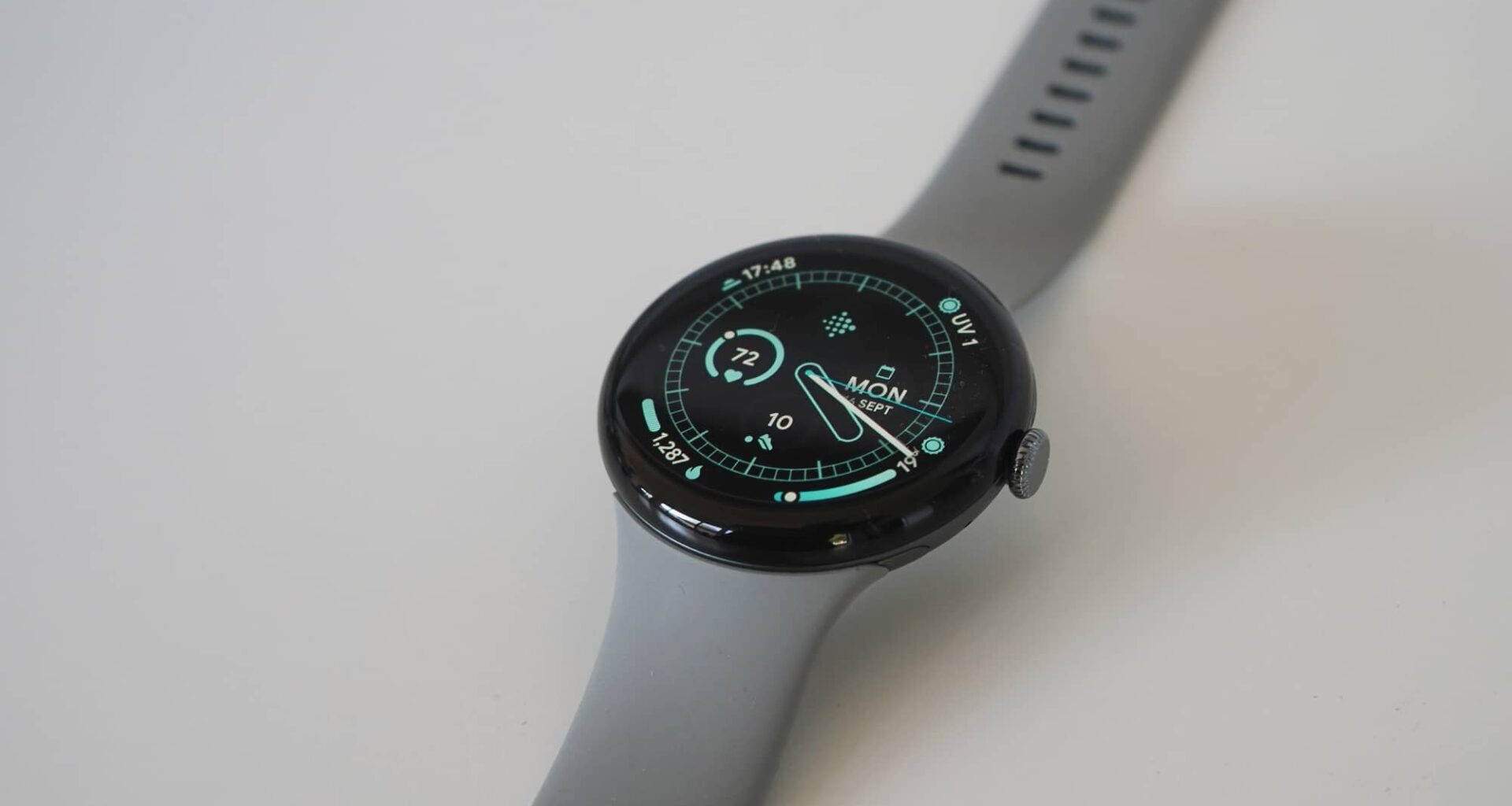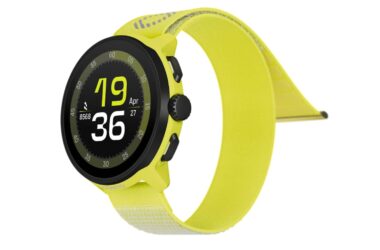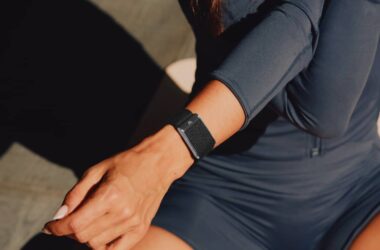Quick review
The good
The not-so-good
Android wearables have never really lived up to everything the Apple Watch gets across, but in the Pixel Watch 3, Google has never been closer.
Smartwatches have changed in shape and style over the years, but one thing has remained the same: the idea is to bring your phone together with a focus on health on your wrist.
In one place, you can get notifications and calls and texts from your phone, all without that device leaving your pocket. And you can check the time without glancing at your phone and draining its battery, while also being able to track your health, too.
Thanks to the combination of things a wearable can do, these little gadgets are now ever more important, and something so many of us take everywhere, but some are clearly better than others. Often a problem left from frustrating battery life, some smartwatches nail the brief in ways others do not, and that has been a place Google’s Pixel Watch has struggled with.
It’s been three years since Google introduced its take on a wearable, blending health and design together in a compact little watch that managed to look great, but struggled to make it through a day.
With its third version, however, Google is ever closer to nailing the brief. Does it make it this time around, and is it a smartwatch we can recommend?
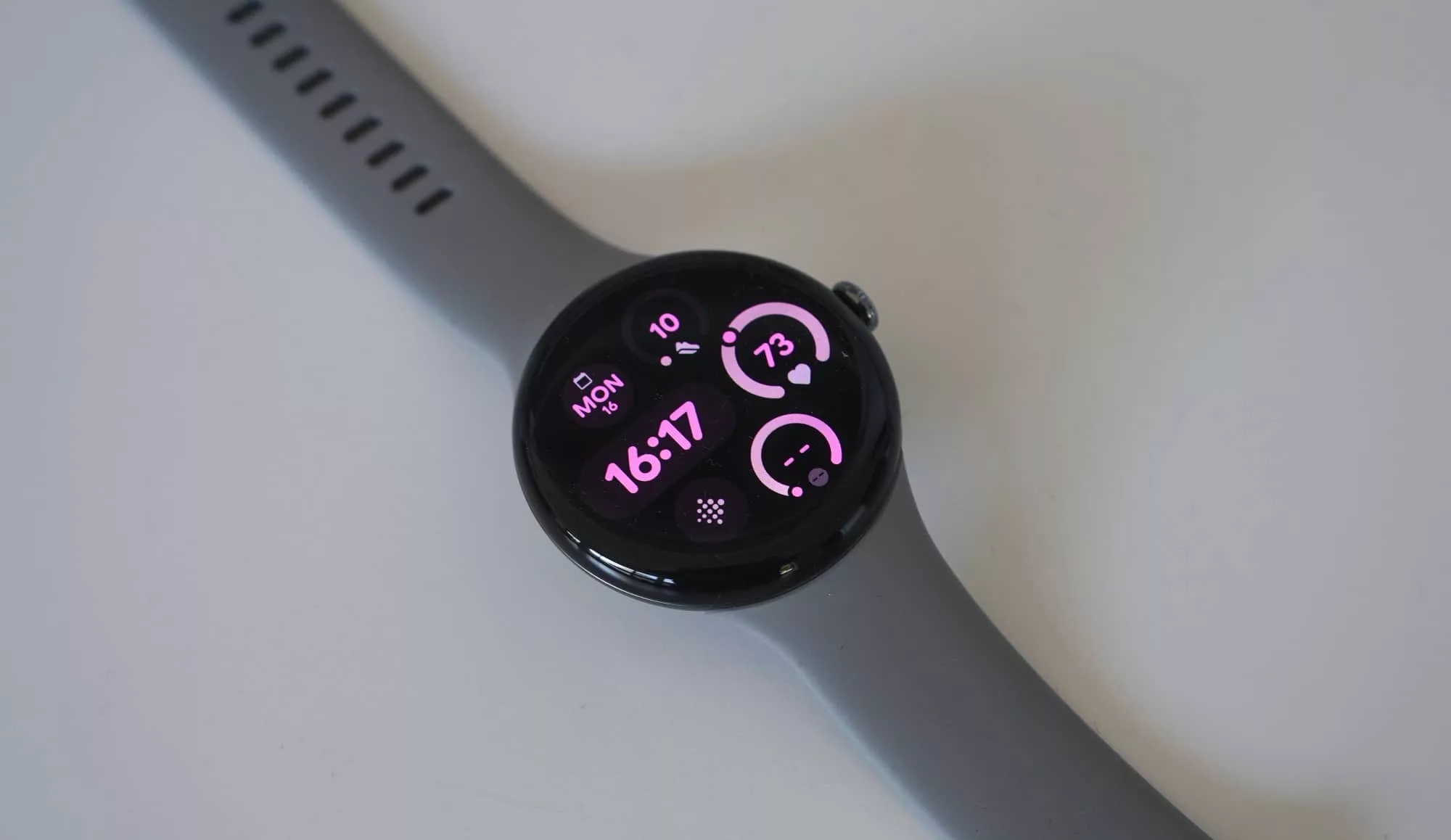
Design and features
Three generations in, Google is clearly sticking with what it intended in the first place: building a smooth and minimalist timepiece in the classic circular way.
Watches are traditionally circle, thanks in part to the clock also being traditionally circle, and so unlike the squircle of the Apple Watch, the Google Pixel Watch delivers a circular screen. That’s the way it has been for the past two years, and it’s the way things stay in this generation, too.
Where things change is under the hood and with the sizings because now there are two: 41mm and 45mm.
Under the hood of each, the spec is roughly the same. You can expect an aluminium casing holding together a Qualcomm Snapdragon W5 Gen 1 chip, 2GB RAM, 32GB storage, Google’s WearOS 5, and an assortment of wireless connections and sensors.
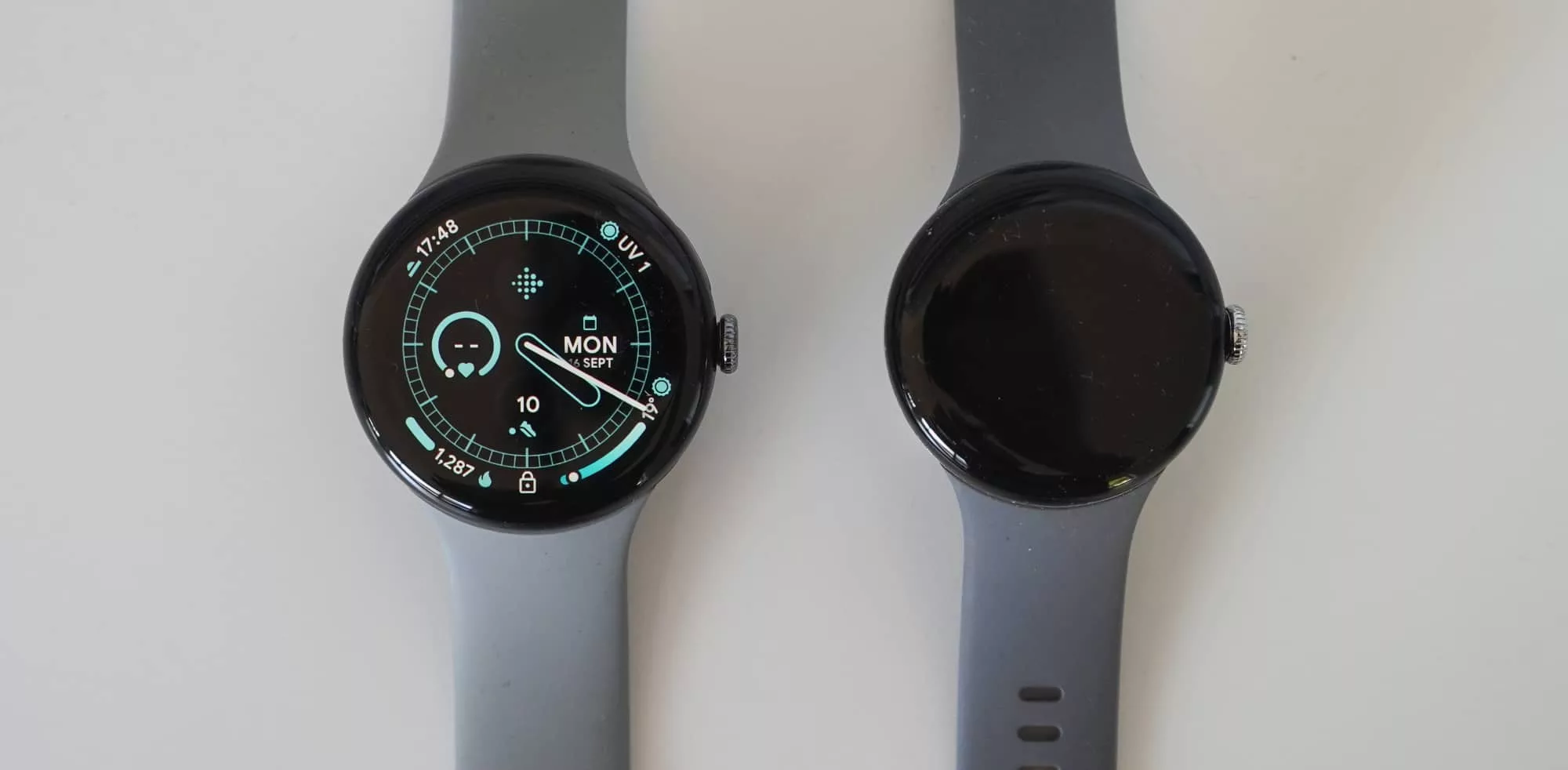
The list is many, managing to include a heart rate sensor, SpO2 blood oxygen sensor, ECG sensor, body temperature sensor, accelerometer, altimeter, compass, barometer, and so on, while the wireless connections covers WiFi 6, Bluetooth, GPS, Near-Field Communication (NFC), and ultra-wideband radio, with a choice of 4G depending on how much you spend.
It all sits under an AMOLED screen sporting 320 pixels per inch and a refresh rate of 1 to 60Hz, which differs between the two sizes Google now offers. The Pixel Watch 3 now arrives in a 41mm and 45mm, which either way is a Google Actua display covered in a layer of Corning’s 3D Gorilla Glass 5.
Our review model in the 45mm Pixel Watch 3, and arrives with a 420mAh battery, while the 41mm gets a 307mAh option, as well as a different screen size.
Everything else is pretty much the same, including a built-in microphone, built-in speaker, the side button and haptic digital crown, complete with a durability measurement of IP68 water resistance across the model options.
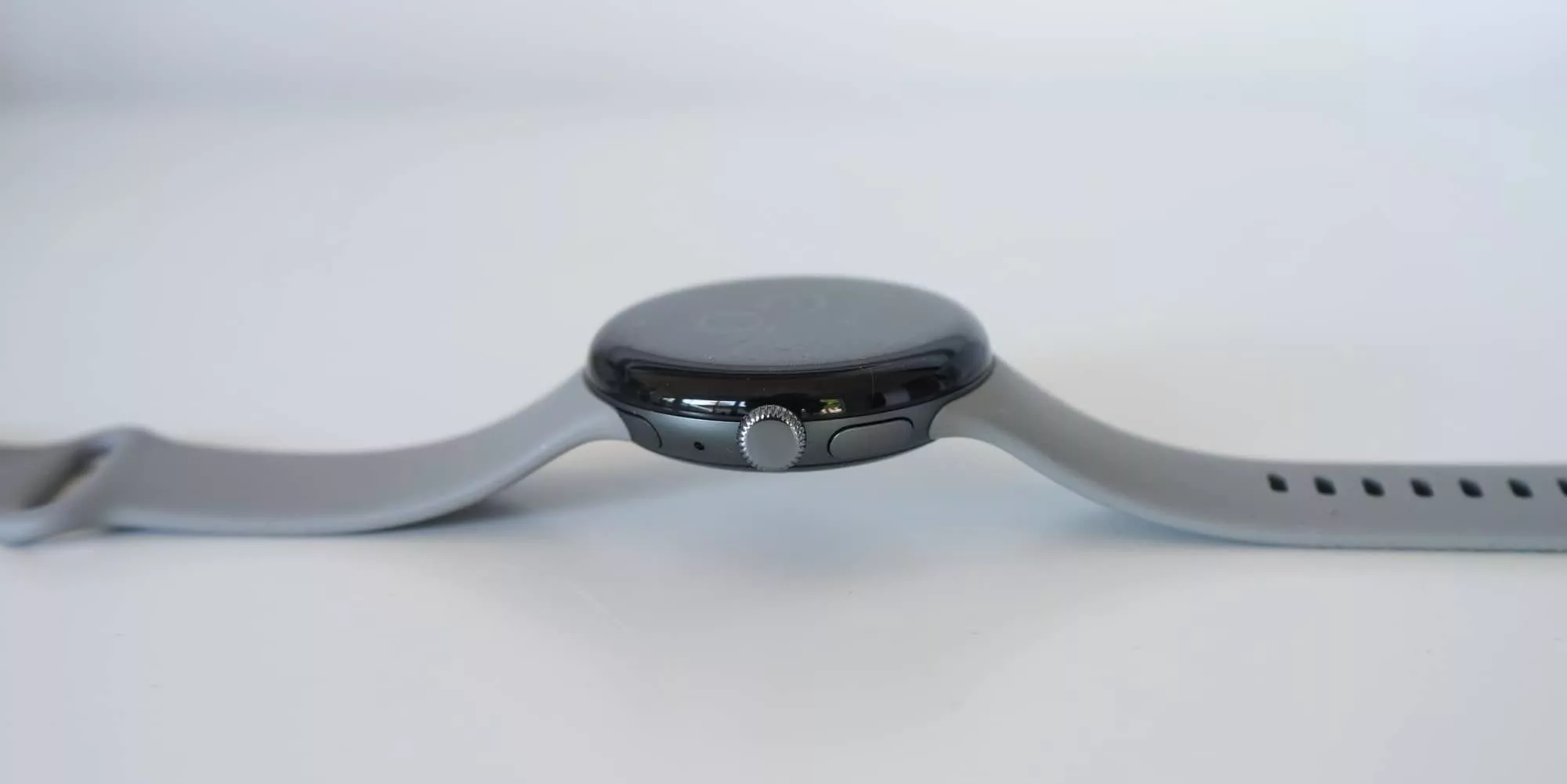
In-use
You’ll need an Android phone if you want to use the Pixel Watch 3, but that’s not remarkably different from Apple’s requirement of needing an iPhone to use an Apple Watch.
At least you don’t need a specific type of Android phone, not like how Samsung Galaxy Watch models work on all Android phones, but technically work best and let you use all the features only when using a Samsung Galaxy Android phone. Here on the Pixel Watch 3, you just need a recent Android phone and the Pixel’s Watch app, though having the FitBit app will get a little more out of the watch, as well.
With FitBit, you’ll find run and exercise tracking, as well as some ways to help manage your fitness, thanks in part to how the Google watches are basically the premium FitBit wearables these days. Google does own FitBit and all.
Outside of the obvious health angle, using the Pixel Watch 3 basically consists of pressing the Digital Crown for the app menu, pressing the button above this for recent apps in a multitasking way, and then playing with gestures. Swipe down for the power control and swipe up for recent messages and notifications.
It’s all fairly straightforward, and you can grab apps from the Google Play Store should you wish to expand your Pixel Watch experience.
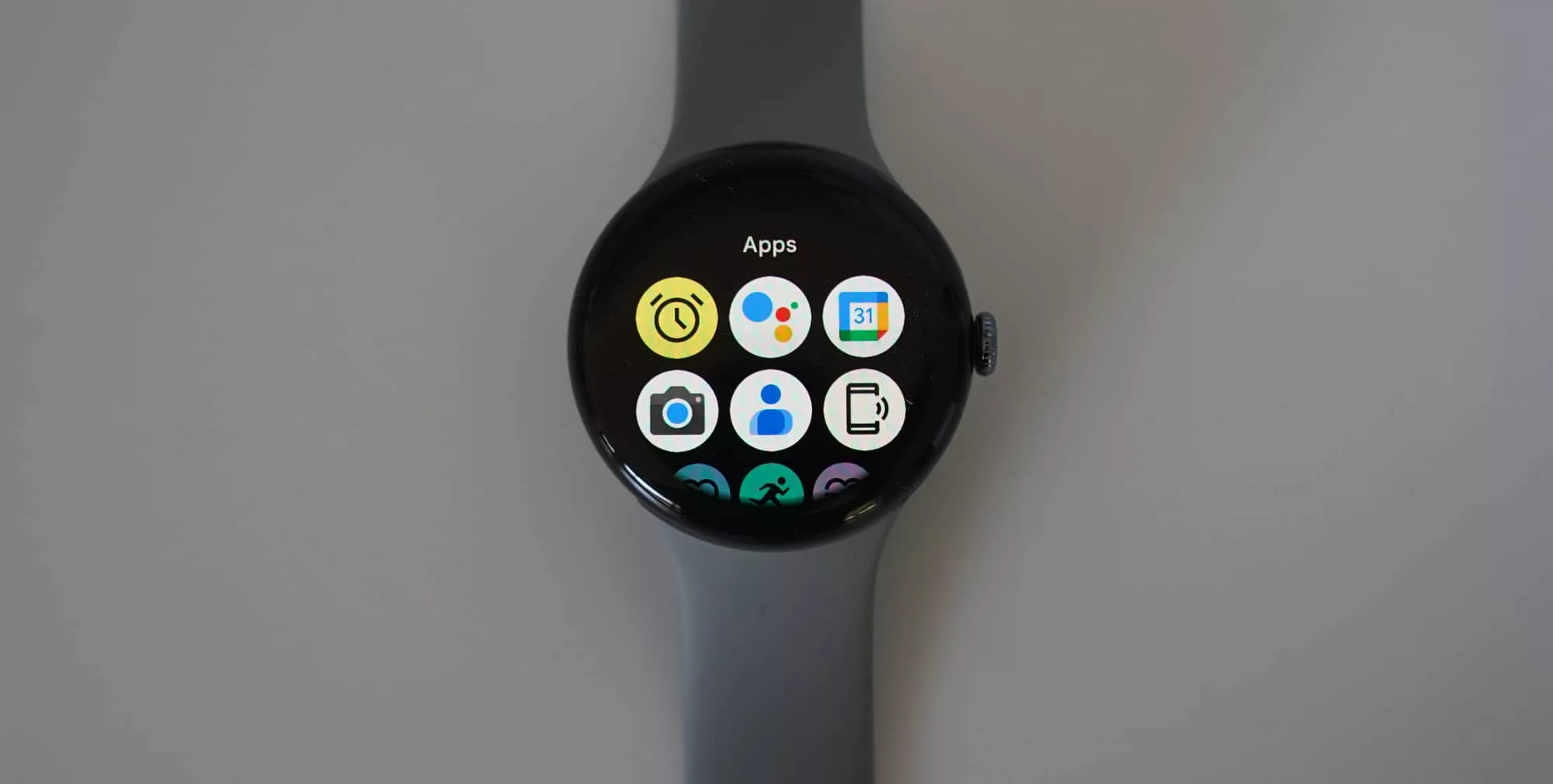
Performance
Throughout our time with the Pixel Watch 3, we didn’t find the hardware lacking in performance, delivering fairly quick jumps from clock faces to the limited number of apps we played with.
There can be the odd moment of lag, but it was so difficult to find that you’d be hard pressed complaining about the performance of this wearable.
Battery
With minimal changes to the design bordering on none, and little else that seems like a difference beyond the new 45mm size, the main point of distinction is the battery.
Last year’s 41mm Pixel Watch 2 arrived with around a 306mAh battery, but this year’s 45mm Pixel Watch 3 gets a more sizeable 420mAh. It’s just that much bigger, and that’s important.
Testing the Pixel Watch 3 over several days, we found the wearable could hit roughly a day and a half before needing a charge with the always-on screen switched on.
In our tests, that basically covered one full day from 8am to the next day, but with a sleep mode powering down the always-on display while we were sleeping rather than simply wasting power. Coming back to life would inevitably see the Pixel Watch 3 taper out a good 6 to 8 hours later, needing a charge before bed.
That matches Google’s rough expectations of up to 24 hours of battery with the always-on display, while that little bit extra arrived due to battery savings while sleeping.
Most watch owners will probably want to charge the Pixel Watch 3 nightly, but the battery life of this generation is at least better than the 12-18 hour maximum of its predecessors.
Neither the original Pixel Watch or its follow-up could last a full day, but the Pixel Watch 3 can stretch into the second should you need it. That counts for something.
Also, the charger remains the same as the last generation, using a four pin magnetic fob, which is clearly not Qi, but does manage to be faster for a recharge.
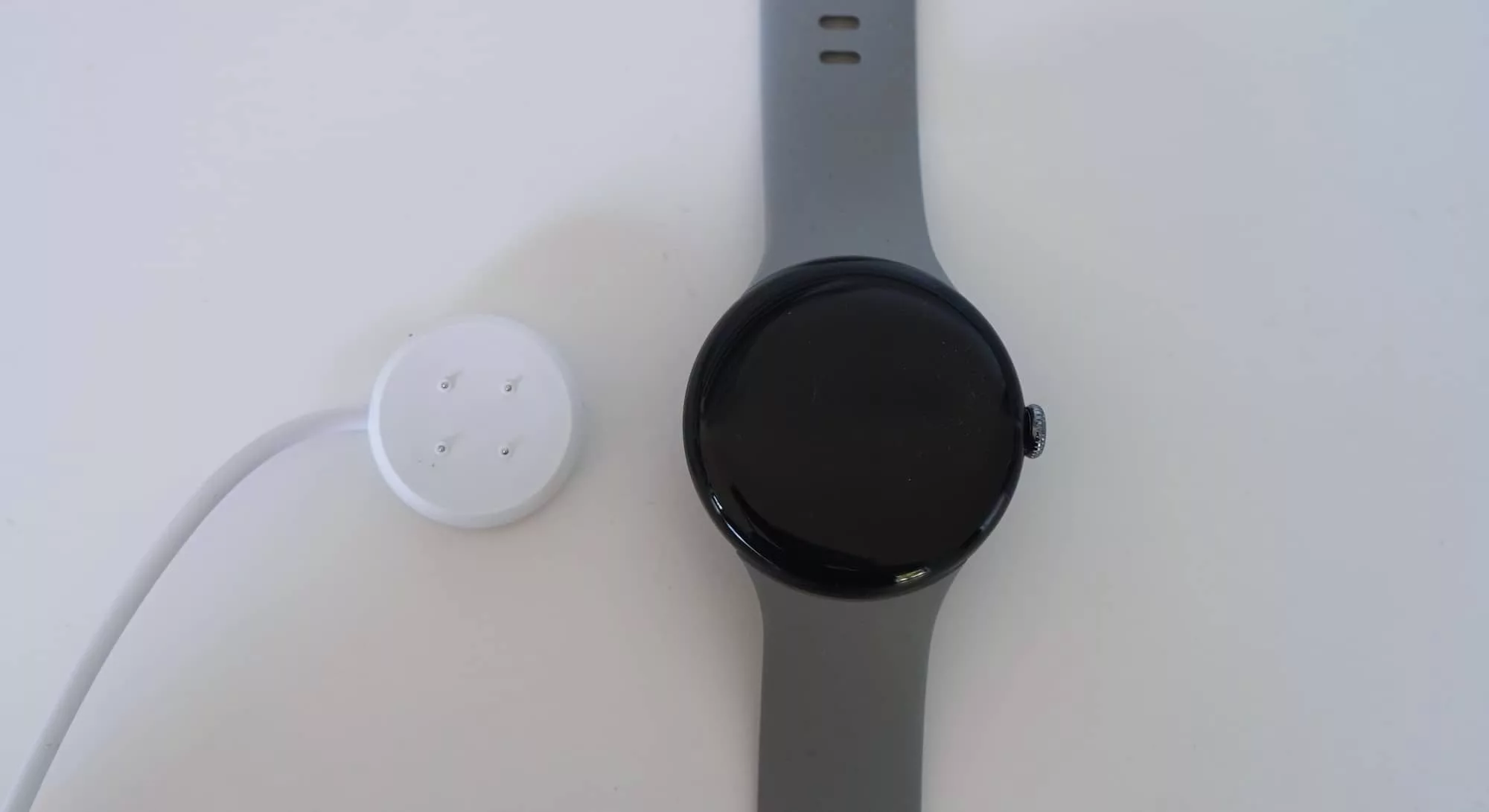
Value
It’s not just the charger that has been left over. The price has largely stayed the same with only a few bucks added, likely because the dollar has changed with it.
Starting at $579 for the 41mm Bluetooth/WiFi Pixel Watch 3, that’s only a $30 increase on last generation for what is essentially a slightly improved model.
The model we reviewed was the $839 4G/Bluetooth/WiFi 45mm Pixel Watch 3, which boasts mobile capability if you have access to an eSIM on your plan and want to pay for the privilege, but you can also save a little under $200 with the $669 45mm Bluetooth/WiFi-only equivalent. Not everyone needs 4G in a watch.
Overall, that’s not an awful price for a wearable, particularly one offering 4G support with a big screen and plenty of health tracking. It’s not on the cheap side, though, with Samsung’s 4G-enabled Galaxy Watch 7 typically found for around the $700 mark, and beating Google on price considerably.
Premium wearables aren’t typically inexpensive, and the Pixel Watch 3 definitely fits in that category, making it a little below the norm in value, but not terrible overall.

What needs work?
While most of the Pixel Watch 3 package delivers a minimalist health-focused wearable for Android owners, there are still things we’d improve. Version three has fixed one of the most important things — battery life — but there’s still more to be done.
That includes improving the screen protection to something that little bit more hardy than Corning’s Gorilla Glass. Sapphire is the premium glass quality to use, and Samsung includes it by standard, so Google should, too.
It means including more watch faces and adding more to the creativity of the watch. Granted, you can download more watch faces from the Google Play Store, and that’s one of the positives of Google’s WearOS 5: it’s open and folks can develop for it.
But we’re also looking for some of the expertise from Google in playful watch faces, with most of the focus here on fitness complications or simply showing the time. What we’re trying to say is where’s the playful cartoons and the brand tie-ins like with Mickey and Snoopy on the Apple Watch? We yearn for that, Google.
And there’s one more thing we want: more battery life.
It’s pretty clear that the Pixel Watch 3 surviving a full 24 hours is a win. Given how the previous two generations struggled to make it to 12 or 18 respectively, that’s a big deal.
However, 24 hours still isn’t enough. Two days minimum is where the Pixel Watch 3 really needs to be, and the most it will get is 36 hours on a battery saver mode.
In fairness to Google, almost every smartwatch maker with a full-screen wearable has this exact same problem. Achieving more than one day of battery life appears next to impossible unless you start turning features off. Power down the always-on display, disable the GPS, and ease back on the notifications, and most smartwatches will venture into the second day of battery life with no worries.
This clearly isn’t just a Google problem. However, several years into wearables, it’s one where Google should be reaching beyond a day for acceptable battery life, and venturing to two or even three.
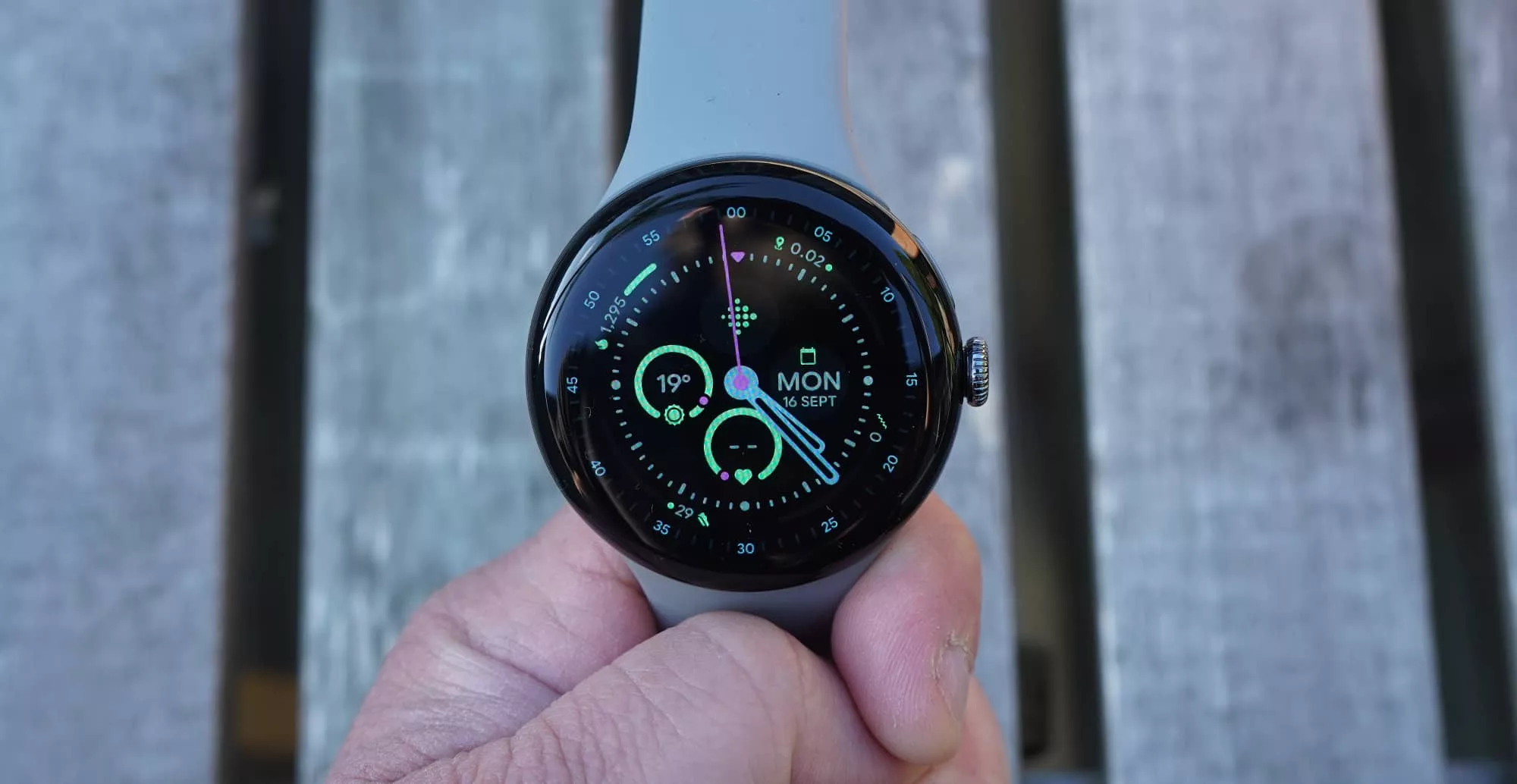
What we love
Three generations in, we’re still in love with the design of the Pixel Watch, a look that exudes minimalism and simplicity in all the best ways.
Like a soft black pebble of perfection, the Pixel Watch 3 is easily one of the more elegant smartwatch models out there, and possibly as close as Android gets to the clean aesthetics of the Apple Watch.
It’s not quite the same, but it’s close enough for jazz, and a great looking wearable that manages to feel even better in its newer, larger 45mm option.
Pixel Watch 3 vs the competition
Comparing it to what’s out there needs to stick to the Android side of things, because the Pixel Watch 3 is only available for Android.
That means it competes against the slightly less expensive Samsung Galaxy Watch 7, the chunkier but more durable and pricier Samsung Galaxy Watch Ultra, the more fitness and GPS-focused options from Suunto and Garmin which typically lack a more flexible operating system, and the digital equivalent of an analogue watch in the Withings ScanWatch models.
In terms of obvious competition, Samsung’s wearables are clearly the ones that make the most sense, but the Withings options are worth a consideration, too. While the lack the full screen and customisable watch face, their focus on health and battery life makes them a compelling pick when comparing options.
As much as we love the look of the Pixel Watch 3, the two week battery life of the Withings ScanWatch Nova makes it a solid choice for this reviewer to use when jumping between review models. While it lacks the 4G capability, the battery life makes it an instant win, and it even manages to cost less than Google’s option.

Final thoughts (TLDR)
While the Pixel Watch 3 won’t necessarily beat other competitors on battery or design, what it does is fix a lot of what made the previous Pixel Watch models difficult to recommend. The battery now hits over a full day and the screen is just that much nicer on the large model.
Much of what Google was trying to get across in the original Pixel Watch feels firmer the third time around, but the improvements Google has made to performance and battery life make all the difference here. It’s a solid improvement and much easier to recommend.
We’d still shop around, but this is Google going in the right direction. Frankly, it feels like version four will be where the Pixel Watch nails everything it’s trying to do. Right now, this is easily one of the nicest Android wearables. Next time should be even better.


